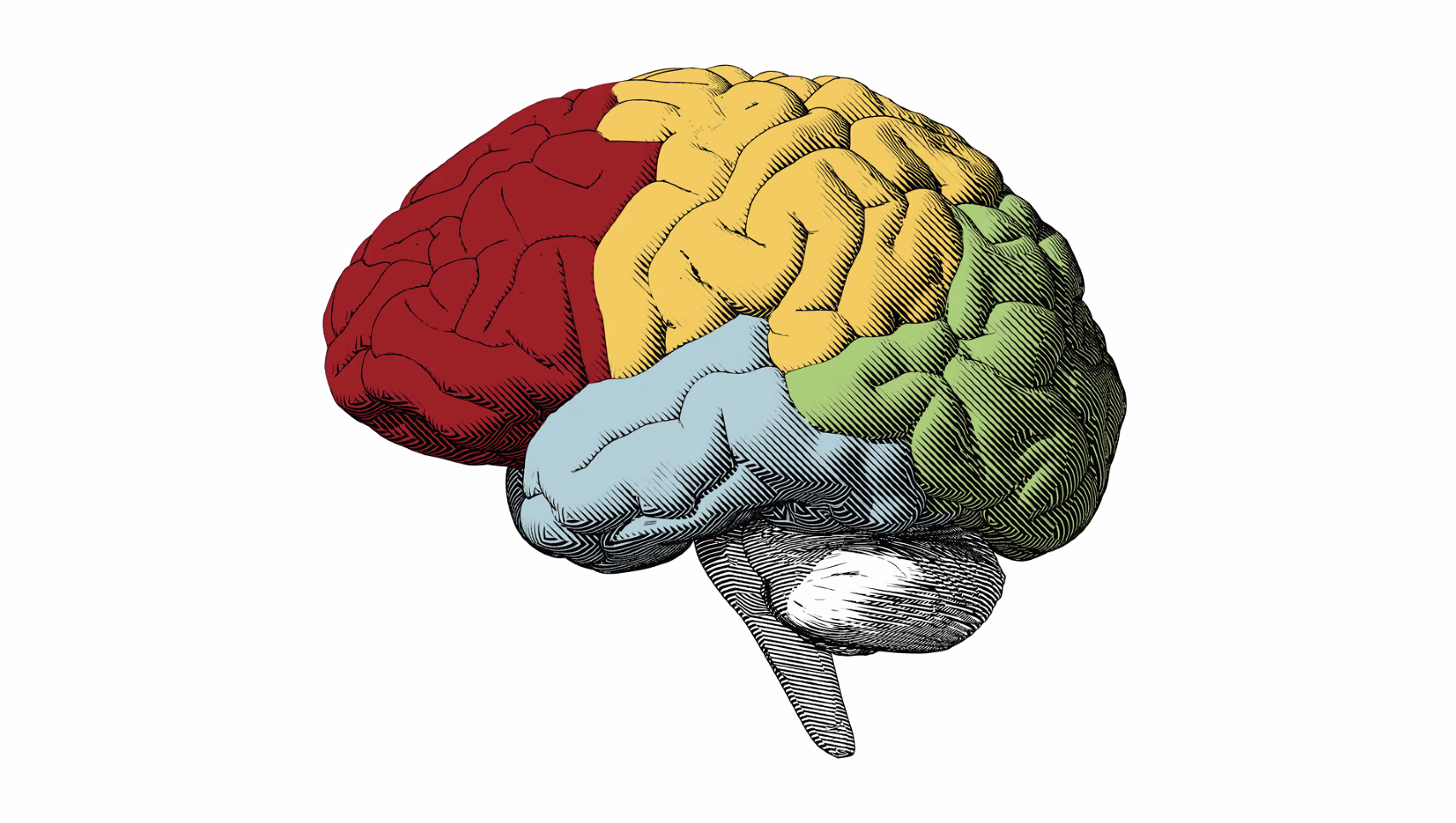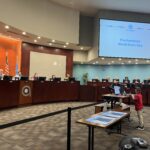What if your brain was the most valuable asset you owned—and you weren’t investing in it?
That’s the idea behind brain capital, a growing global concept advanced by the Brain Capital Alliance and its founder, Dr. Harris Eyre. Brain capital refers to the value of our collective brain health and brain skills—and how those assets drive innovation, resilience, and social progress.
But here’s the problem: right now, our global “brain economy” is in decline.
We’re facing rising levels of anxiety, depression, dementia, and burnout. These aren’t just individual health issues—they’re societal red flags. According to Dr. Eyre, our brain capital is becoming depleted. So, what does that mean for our future?
Brain Capital Is the New Currency
When we think of capital, we think of money—something we use to build, create, and sustain. But brain capital functions the same way. Our creativity, curiosity, emotional intelligence, and adaptability are currencies that fuel strong economies and connected communities.
The catch? We can’t see our brains the way we see a dollar bill. We often don’t think about brain health until something goes wrong. But as Dr. Eyre notes, brain capital is like “gray matter infrastructure.” Just like roads and bridges, our mental pathways need regular maintenance to keep society moving forward.

So, How Do We Build Brain Capital?
There are many facets but one that is often not seen as a way to build but only as a result is one powerful tool: creativity.
Creative thinking improves mental agility, boosts emotional regulation, and fosters deeper social connection—all vital for 21st-century success. By integrating creative practices into education, family life, and workplace culture, we can protect and expand our brain capital.
Developing and protecting these brain skills earlier in the life span, we believe, is a strategy for increasing the brain capital while lowering dementia risks within our communities. Embedding brain capital focused programs within birth and parenting classes, early childhood programs, K-12 school curriculum and throughout adult transitions (entering college, the workforce, parenthood, and retirement) will help grow and maintain the ‘grey matter infrastructure’ needed to become a brain positive economy.
The time is now to see how being creative assists in BOTH brain health and brain skills.





